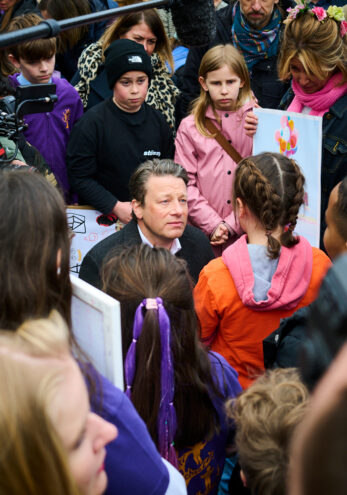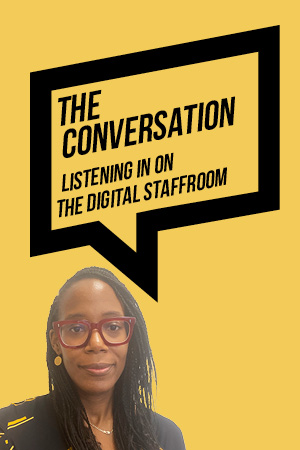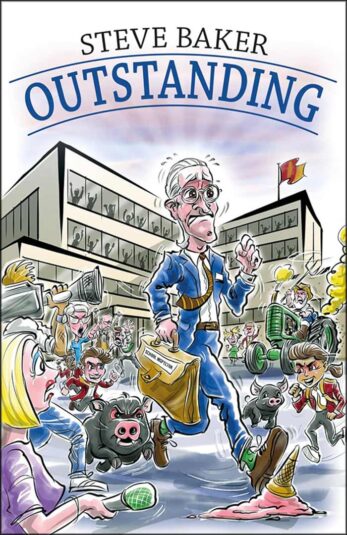Publisher
Routledge
ISBN 10
This collection of essays from specialists in the field of special educational needs provides a welcome update on how far we have come since the well-respected Warnock Enquiry, which fed into the 1981 Education Act and brought a sea-change for children with SEND and their families.
One thing that is clear from this book, however, is that there still isn’t a consensus on what inclusion is, and to what extent it is desirable.
Tara Flood, director of the Alliance for Inclusive Education, makes a strong case for full inclusion of disabled children in mainstream, with “a commitment to removing all barriers to full participation”, pointing out that families don’t currently have real choice. The “presumption for mainstream” that is enshrined in law is not borne out in practice, she says, often because of arguments about affordability. In short, the system is “biased towards segregated provision”.
SEND trainer and author Peter Imray challenges the notion that every child can be included in mainstream, making a case for “different” rather than just “differentiated” education: “Children with complex needs learn differently. If they learn differently, we ought to be teaching them differently and teaching them different things.”
He returns to Warnock’s suggestion that rather than being concerned with “All children under one roof” perhaps we should focus on including all children in the “common goal of education”. Looking beyond the so-called “national” curriculum (which, he notes, is completely inaccessible to some) to the concept of preparing learners for life and work, Imray notes that “there is really no point to educational inclusion if it supports social exclusion”.
We read about progress made since Warnock, for example, in terms of the language used; headteacher Vic Goddard credits the report for “emphatically tackl[ing] much of the offensive labelling of children and young people with disabilities”. However, there are also areas where little seems to have changed.
There still isn’t a consensus on what inclusion is
The most dispiriting observation, for me, was that 40 years on, we are still having the same conversations about teacher training. Dr Alan Hodkinson’s chapter offers a brief history of initial teacher training since the 1970s, revealing just how much rhetoric has been proclaimed about the need for teachers to be trained in SEND, while very little has actually been achieved. In fact, the Carter review of ITT in 2015 again concluded that there was an urgent need to improve pre-service training in this area. While higher education institutions are now required to ensure that all trainees understand the SEND Code of Practice, it remains to be seen how much of an impact this will have.
Parents of children and young people with SEND are still not getting the support they need, as evidenced in the chapter co-written by teacher and author Nancy Gedge and actor Sally Phillips – a view that was also presented to the education committee SEND inquiry last year.
When Baroness Warnock addressed the first evidence session of the same inquiry, she pointed out that while the report itself was written in a time of more generous public spending (mid- to late 1970s), the 1981 Education Act coincided with the worst of the Thatcher cuts, which prevented much of it from being implemented.
Rather than commission another report that may offer more realistic ambitions in the current economic climate, the book’s editor – education academic Rob Webster – thinks we should revisit the Warnock Report and use it to inform the development of more inclusive practice. In his final chapter, he moves the debate away from the question of where we should educate children with special needs, to the very practical question of where they will be educated. The figures don’t augur well. Keeping pace with projected demand would require the government to open 30 new special schools a year, for five years. (Six per year is the current average.)
Webster’s answer is for ALL mainstream schools to play a more active role in educating pupils with SEND, but he goes on to examine the barriers to that happening – including funding and the shrinking role of the local authority due to academisation.
Finally, to respond to the book’s subtitle: where do we go next? From my perspective, the education committee will continue its work scrutinising inclusive practice and policy, and this book will surely help to inform that debate.













Your thoughts